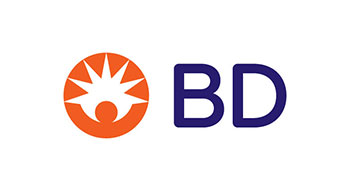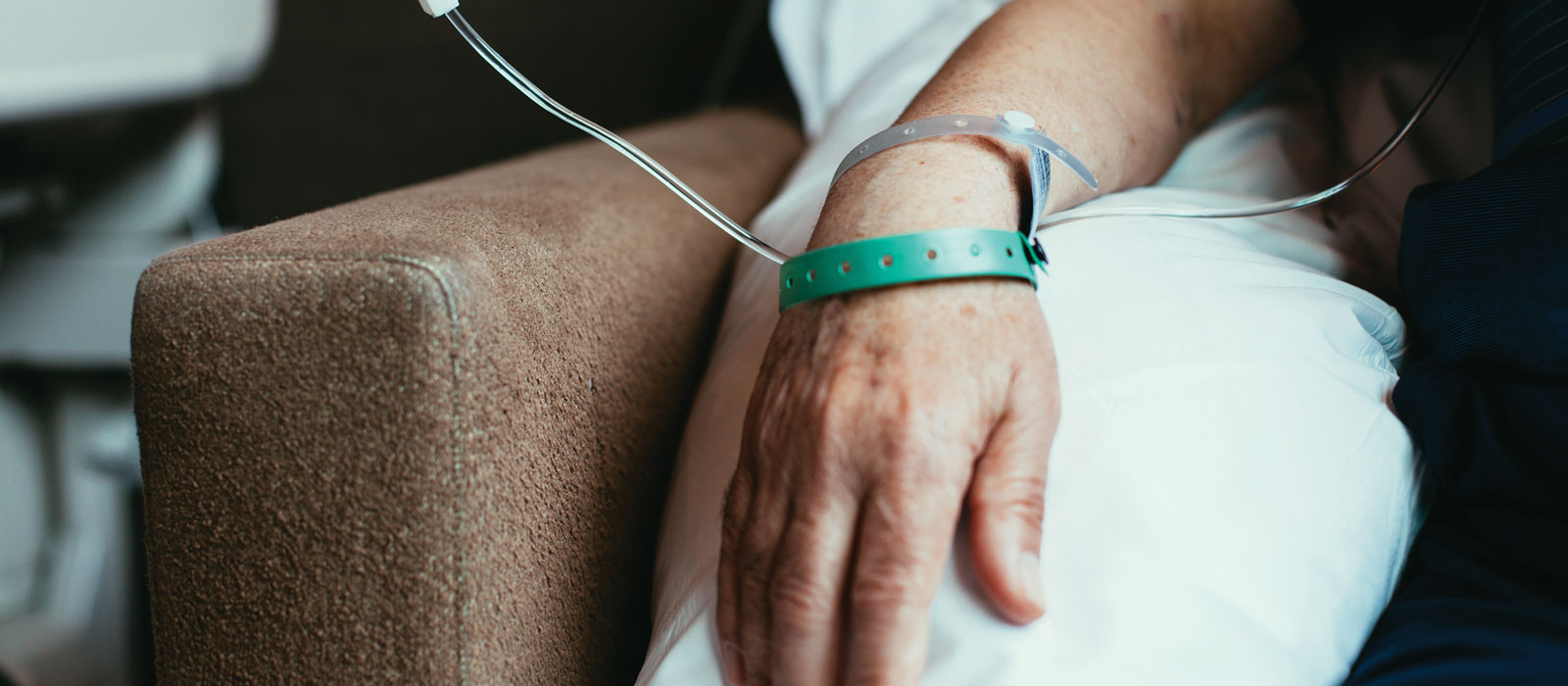Hazardous drugs (HDs) are medications known to cause adverse health effects because of exposure in the workplace, according to the National Institute for Occupational Safety and Health (NIOSH). Examples of such agents include chemotherapy drugs, antivirals, hormones, and bioengineered drugs.
An estimated 8 million healthcare workers—including nurses—are potentially exposed to HDs in various ways, including inhalation, ingestion, injection, and dermal/mucosal absorption. Exposure can lead to dermatologic reactions, reproductive issues, and cancer. Several studies have demonstrated universal surface contamination with HDs in healthcare organizations, and many professional and governmental organizations—including the Oncology Nursing Society, American Society of Clinical Oncology, NIOSH, and Occupational Safety and Health Administration—have developed guidelines or statements to assist healthcare organizations in developing policies for the safe handling and administration of HDs.
To protect patients and healthcare workers from potential harm, USP—a nonprofit that develops and disseminates public quality standards—proposed new standards in Chapter <800> Hazardous Drugs – Handling in Healthcare Settings. The standards discuss safe handling of HDs to minimize the risk of exposure to healthcare personnel, patients, and the environment. USP defines HDs as those that have carcinogenicity, teratogenicity, reproductive toxicity, organ toxicity at low doses, and genotoxicity, as well as new drugs that mimic existing HDs in structure or toxicity.
Chapter <800> describes practice and quality standards for handling HDs to promote healthcare safety, noting application for all healthcare personnel who handle HD preparations and all entities that store, prepare, transport, or administer HDs. USP Chapter <800> standards will become official and institutions will be expected to meet the requirements by December 1, 2019. Regulators such as the U.S. Food and Drug Administration, states, and other government agencies can monitor and enforce compliance with these standards.
Monitoring Surface Contamination
Frequent surface wipe analyses may reduce exposure to HDs, because it can determine the presence or absence of antineoplastic contamination, the need for engineering controls, the effectiveness of cleaning procedures, and confirm personal protective equipment (PPE) requirements. Current standards, recommendations, and guidelines recommend conducting surface wipe analysis as part of a comprehensive safe handling program. Chapter <800> standards state that wipe sampling should be performed initially as a benchmark and at least every six months thereafter, as needed, to verify containment.
A study demonstrated a 56% decrease in contamination levels when surfaces were monitored at regular intervals. Potential sampling locations can include nurse stations, IV bag storage area, countertops, furniture in patient care rooms, infusion pumps, door handles and other high-touch areas, computer keyboards, and floors, all of which nurses and patients are exposed to regularly.
However, conventional wipe sampling methods can be time-consuming because they require shipping samples for offsite analysis, which can take weeks to process results. The lag time may delay important cleaning procedures, prolong exposure, and elevate risk.
In a review of wipe sampling methods, researchers called for a “simple, sensitive, near-real-time method to measure [HDs] on work surfaces,” and the use of lateral flow immunoassays (LFIAs)—used in point-of-care monitors such as pregnancy tests—may address this need.
BD® HD Check System
The BD® HD Check system uses LFIA technology and is the first and only rapid HD detection and monitoring system that delivers results in less than 10 minutes. The handheld device tests for commonly used antineoplastic agents, currently methotrexate and doxorubicin, with additional drug assays under development. HD Check provides reliable, easy-to-read results that can be logged and tracked over time to determine contamination trends.
HD Check facilitates routine testing, evaluates effectiveness of safe handling processes, and offers a simple way to help justify quality control investments and safe handling compliance efforts. HD Check includes a collection kit, methotrexate assay cartridges, doxorubicin assay cartridges, analyzer, and surface area template. To test for contamination, the HD Check system has eight simple steps.
The analyzer processes the samples and provides a binary positive or negative result, meaning an antineoplastic agent is or is not present at a level above the detection threshold (defined as 0.1 ng/cm2). HD Check is validated to produce a positive result on contaminated surfaces at or below the threshold of detection with 95% certainty, and a surface free of contamination is 95% certain to produce a negative result.
Remediating Surface Contamination
Following the identification of HDs on surfaces, remediation should include deactivation, decontamination, cleaning, and disinfection. Actions that can be taken to minimize risk include the complete removal or substitution of the HD, use of engineering or environmental controls, training and education of staff, and use of PPE (see Table 1 for examples).
In addition, organizations such as NIOSH recommend the use of closed-system drug transfer devices—which mechanically prohibit the transfer of HDs or vapor out of a system—as supplemental engineering controls to further help reduce the risk. Continued regular wipe sampling is also recommended before and after cleaning and disinfection procedures are changed to assess the effectiveness of these practices and drive cleaning adherence.
For complete important safety information, visit bd.com/HDS-ONS.

Q&A With the Expert
Martha Polovich, PhD, RN, AOCN® is an RN with more than 40 years of clinical practice. She currently serves as assistant professor at the Byrdine F. Lewis College of Nursing and Health Professions at Georgia State University in Atlanta. Her research interest is prevention of exposure to hazardous drugs. Polovich is also the editor of the Oncology Nursing Society’s Safe Handling of Hazardous Drugs.
Q: What risk does surface contamination pose to nurses and patients?
A: Surface contamination is thought to be the most likely source of hazardous drug (HD) exposure for healthcare workers, and dermal absorption is the most likely route of exposure. Every study that has looked at surface contamination in the healthcare setting has found it, although not in every sample, so it’s a serious problem. Most studies have looked at surface contamination in pharmacies but based on the few conducted on drug administration areas, contamination is likely just as common there.
This means that drugs are leaking during handling, such as administration. Because nurses may not be aware of the surfaces where drugs have leaked, they’re unlikely to wear personal protective equipment when touching those surfaces, meaning they are exposed to absorption through the skin. Surface contamination can also be transferred to other items, such as pens or food and beverages in the areas where there is contamination.
Q: What are your recommendations for nurses in monitoring HDs?
A: To this point, we haven’t had any strong recommendations for monitoring surface contamination in administration areas, but the new U.S. Pharmacopeial Convention (USP) standards, which should be implemented beginning in December 2019, recommend regular monitoring of surfaces in workplaces where HDs are used. They are specific about the areas that should be monitored in the pharmacy, and they indicate that surfaces in the administration area should also be monitored. The individual situation, setting, and routines in a facility will drive monitoring needs.
We know from the few studies that have been conducted that surfaces like infusion pumps, IV poles, arms of infusion chairs, and storage areas where HDs are temporarily stored between preparation and administration should be monitored. Based on the USP recommendations, the purpose of monitoring is to identify areas where surface contamination exists to prevent future contamination. I also recommended surface-wipe sampling for contamination.
The findings on surface contamination serve as a wake-up call to nurses, signaling that a problem exists. Nurses need to work to prevent future contamination and focus on decontaminating surfaces in the workplace to reduce the risk of exposure.
Q: What is the importance of having a quick tool to determine surface contamination?
A: Not many tools are available so far. The current laboratories that test surface wipe samples have slower turnaround times. The presence of a quick turnaround test means that the problem can be addressed closer to the time that a spill or contamination happens. With faster results, it may be easier for people to identify the sources or processes that led to the contamination.
Of the few studies that have been published, some indicate that knowing about contamination forces a focus on it and, over time, the contamination decreases when there is regular feedback. A quick tool would be a quality improvement process. I think the availability of immediate feedback from sampling will help focus attention on creating a better environment where HDs are handled.
Q: How do you think you would use a system like HD Check in your practice or recommend its use to another facility?
A: USP standards recommend baseline and periodic monitoring of surface contamination to follow any changes in the environment. With a tool like HD Check, I would begin by identifying surfaces that are most likely contaminated with baseline testing. Based on the results, I would have the data needed to identify areas of contamination, consider the causes, and determine how to clean it up. I would monitor the effectiveness of cleaning and conduct periodic testing for further contamination. Over time, the level of surface contamination is likely to be reduced.
The ability to test for HD contamination provides useful data for changing or improving practices. Facilities have two goals: clean up the existing contamination and prevent future contamination. Although nurses may already be disinfecting high-contamination areas, perhaps they’re not using an appropriate or effective product, so results of wipe sampling may prompt a change in cleaning strategy.
Q: What are your remediation recommendations when HDs are found on various surfaces, particularly for nurses?
A: My recommendation is understanding the importance of regular decontamination of the environment where HDs are handled. Data on surface contamination are useful for nurses to communicate with administrative personnel in their healthcare settings, focusing on the possibility of exposure for which administrative personnel may not be aware. Also, nurses can discuss the quality improvement aspect of surface contamination. Then they can plan an intervention, incorporate the intervention, and provide follow-up data to identify any gaps. This is the kind of information that administrators recognize. Because this is going to be a USP standard, it’s a way of monitoring adherence and overall safety improvements in the environment for the workers and others in the infusion areas.







